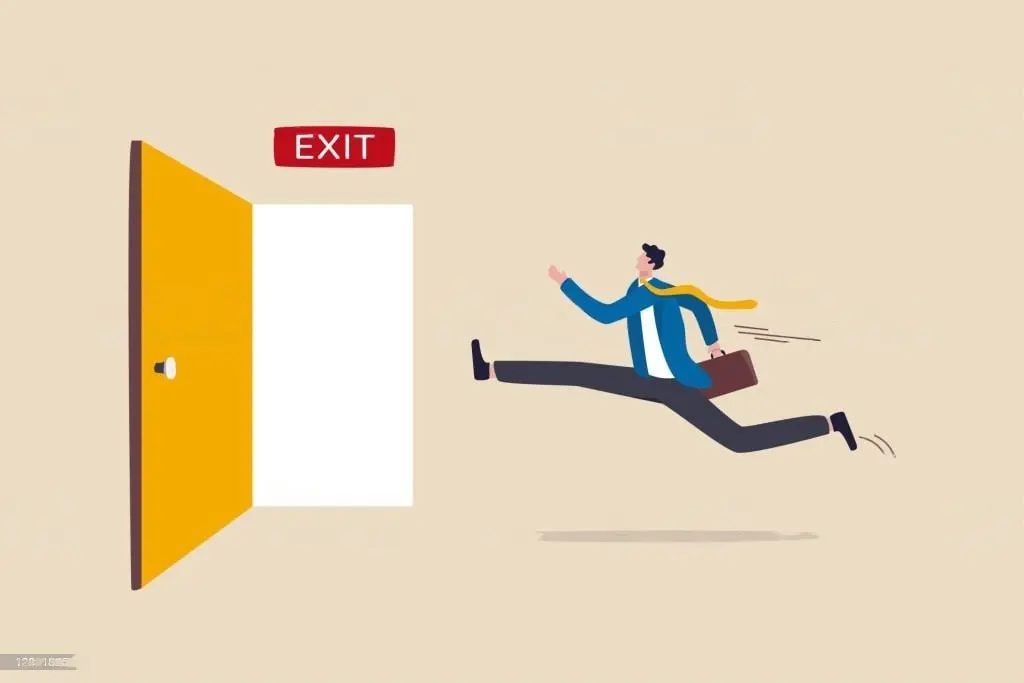
Last Updated On - January 22nd, 2023 Published On - Jan 22, 2023
Introduction
“Ghosting” is a term that has become increasingly prevalent in the world of web design and development. It refers to when a client suddenly disappears without finishing a project or giving feedback, leaving the website developer or designer “hanging out to dry.” This could be a frustrating and costly experience, as it delays or even halt the progress of a project. In this blog post, we will explore the best ways to deal with ghosting on website design and development projects.
Understanding the Reasons for Ghosting
Before we can address how to deal with ghosting, it’s important to understand why it happens in the first place. Some common reasons for tiptoeing include a change in the customer’s budget or precedence, a lack of communication or clear prospects, or simply a lack of understanding of the web design and development process.
In some cases, the customer may have unrealistic prospects of the design or may not completely understand the scope of the work involved. This can lead to dissatisfaction with the progress of the project, and eventually, the customer may decide to ghost the project.
Another common reason for ghosting is a lack of clear communication and expectations. However, the customer may become frustrated and decide to end the design without proper communication, If the customer and the web developer or designer aren’t on the same page regarding the project goal and timelines.
Preventing Ghosting
One of the best ways to prevent ghosting is to establish clear communication and expectations from the very beginning of the project. This can be done by setting up regular meetings or check-ins, creating detailed project timelines, and clearly outlining the scope of the work.
Another key aspect of preventing ghosting is to establish a contract that outlines the terms of the project, including payment terms and timelines. This can help to set clear expectations and ensure that both parties are on the same page about the project goals and requirements.
It is also important to be transparent and honest with clients about the project timeline and any potential delays or challenges that may arise. This can help to manage expectations and prevent disappointment or frustration that may lead to ghosting.
Dealing with Ghosting
Despite your best efforts to prevent ghosting, it may still happen. In the event that a client does ghost a project, it is important to have a plan in place for how to deal with it.
One key strategy is to document all communication and progress on the project, including any payment or deposit made by the client. This can help to establish a clear record of the project and can be used as evidence if legal action is necessary.
Another important step is to reach out to the client and try to understand the reasons for their disappearance. In some cases, the client may simply be experiencing unexpected challenges or changes in their business, and they may be willing to work out a solution to continue the project.
If the client is unwilling or unable to continue the project, it is important to consider the financial implications and to take steps to recoup any expenses or lost revenue. This may include seeking payment for any work completed to date, or taking legal action if necessary.
Conclusion
Dealing with ghosting can be a frustrating and costly experience for web designers and developers. However, by understanding the reasons for ghosting, implementing strategies to prevent it, and having a plan in place for how to deal with it, it is possible to mitigate the impact of ghosting on your business.
